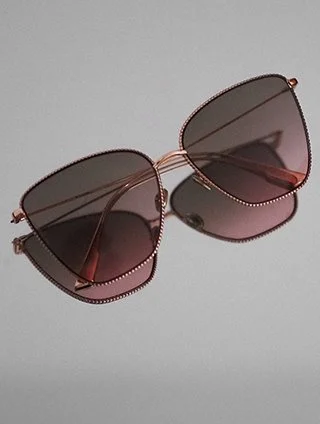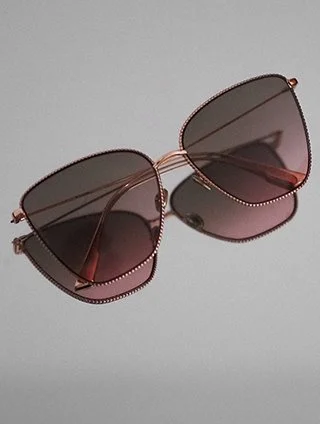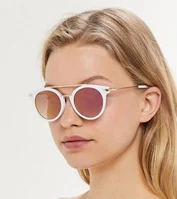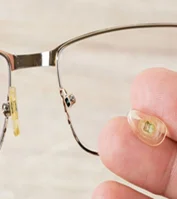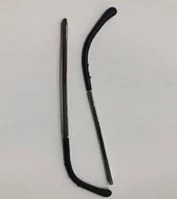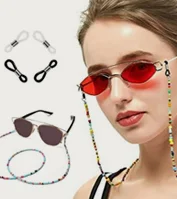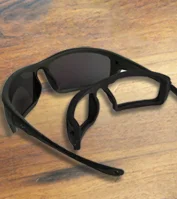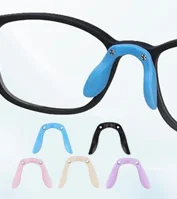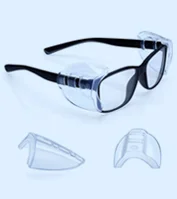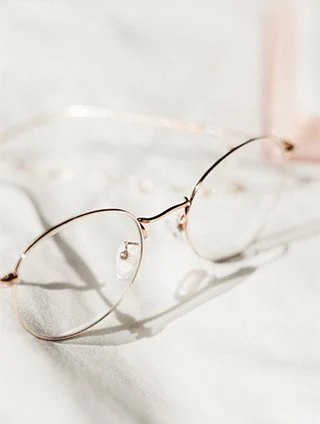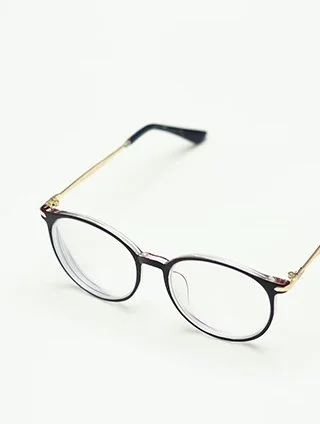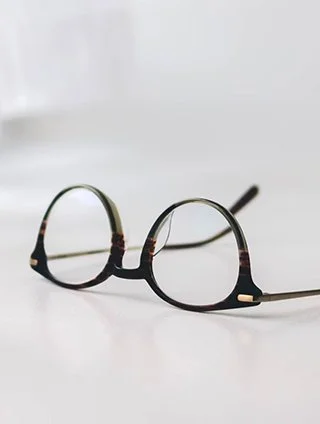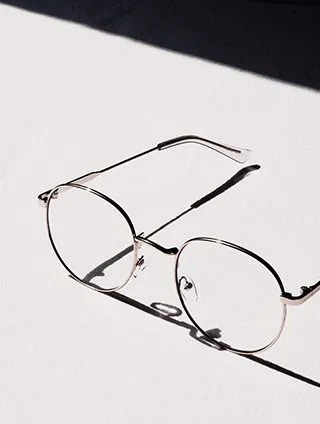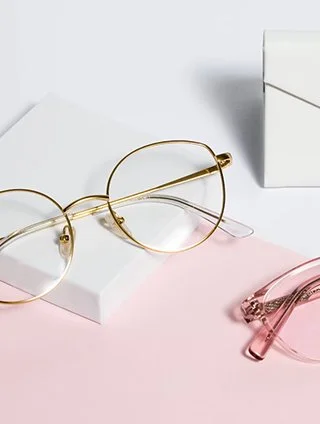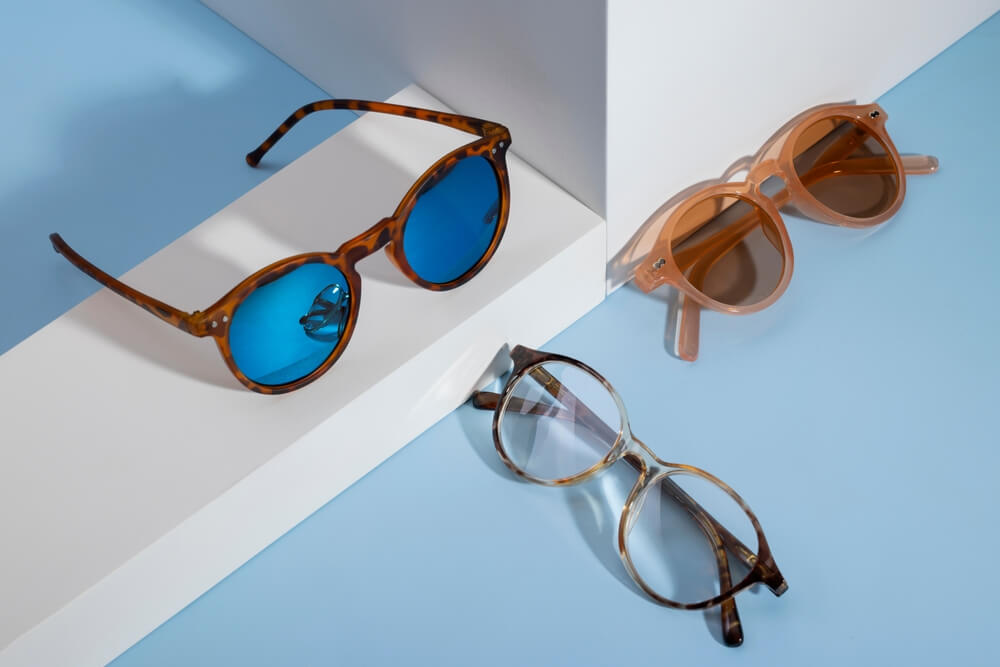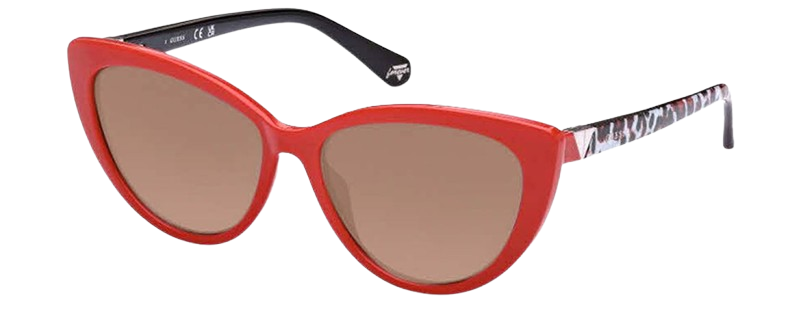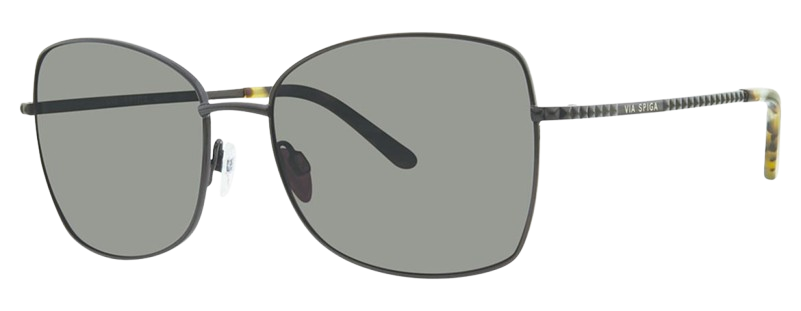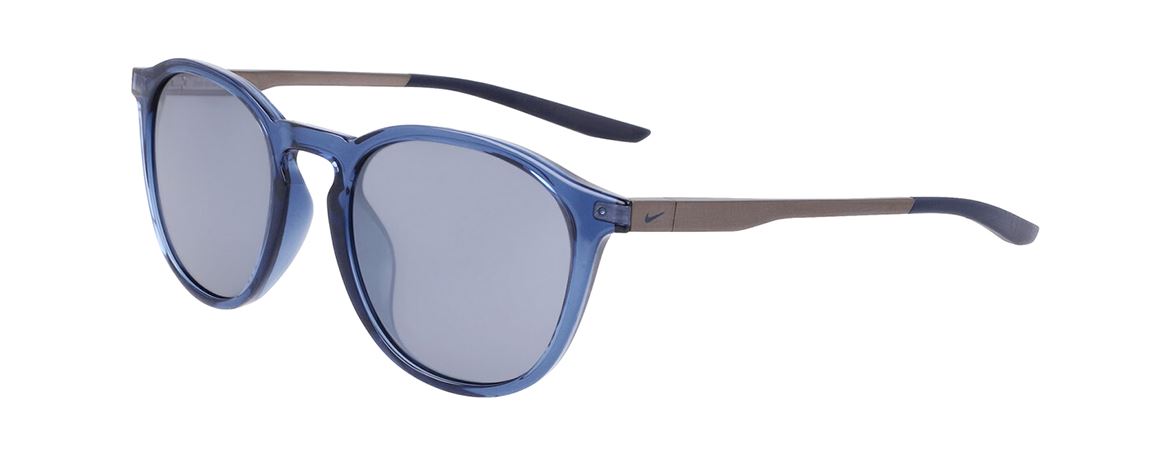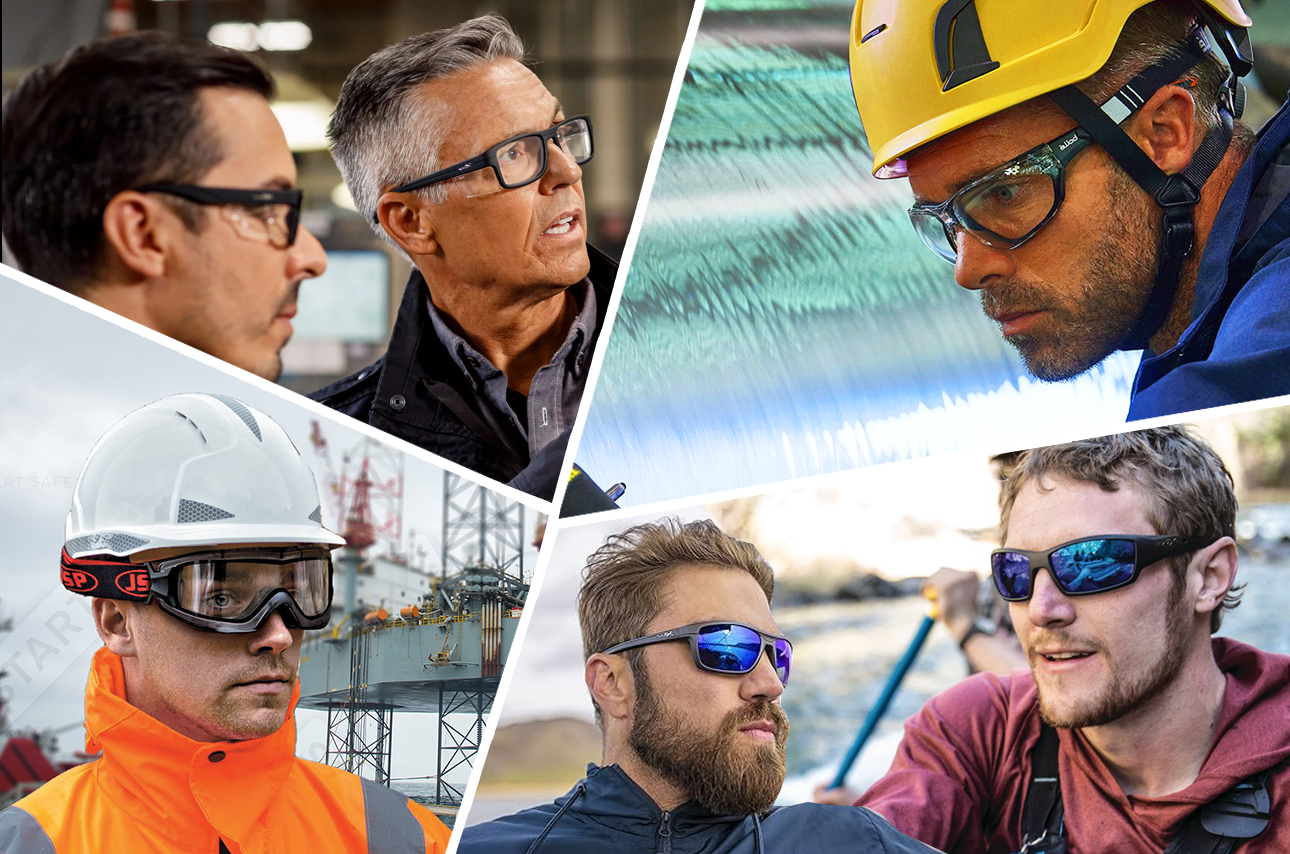Sustainable and ecologically conscious products have become more in demand in recent years. The eyewear industry is one sector where this trend is very noticeable. Eco-friendly eyewear is quickly becoming more and more well-liked as a stylish and ethical option for people who want to lessen their environmental effects. Not only does this kind of eyewear contribute to less waste and pollution, but it also reflects the growing demand from customers for ethical and transparent fashion industry operations.
In this piece, we'll take a closer look at the emergence of environmentally friendly eyewear, looking at the elements that fuel its rising demand, the sustainable materials and manufacturing methods, and the large range of companies that are out there. Thus, let's delve into the fascinating realm of ecologically conscious eyewear and learn how it's evolving into an environmentally friendly fashion statement for those who care about the environment.
The Increasing Environmental Concern
Now, people have been worried about how the eyewear business affects the environment. A growing number of people and companies are looking for ways to lessen their ecological footprints as awareness of environmental degradation and climate change grows. Because of this, there is a growing need in the eyewear sector for environmentally friendly, sustainable goods. Many eyewear producers are looking for ways to make their products environmentally friendly as environmental awareness rises.
Therefore, advances in material science, production techniques, and general design have been made to lessen the environmental effects of the eyewear industry. By encouraging firms that put sustainability first and demanding more environmentally friendly solutions, consumers are also significantly contributing to this development.
Apart from becoming a fad, the fashion industry's shift towards sustainability is reflected in the growing popularity of eco-friendly eyewear. As more businesses work to satisfy consumer demand for ecologically friendly products, we may anticipate significant developments and expansion in the eco-friendly eyewear market.
About Sustainable Sunglasses
Sustainable prescription sunglasses are made with consideration for the environment during the design and manufacturing process. By utilizing recycled materials, natural resources, and environmentally friendly production techniques, they hope to lessen the fashion sector's carbon footprint. To reduce waste and increase sustainability, every component of sustainable sunglasses—from the frames to the lenses—is thoughtfully chosen. Besides, these companies guarantee that the workers who make the sunglasses receive fair compensation and safe working conditions. Without sacrificing design or quality, customers may help the environment by selecting sustainable sunglasses.

Advantages of Sustainable Sunglasses
Beyond their positive effects on the environment, sustainable eyewear has several other advantages. They offer comparable protection to conventional sunglasses, keeping your eyes safe from sun rays.
The stylish styles of sustainable prescription sunglasses for men and women cater to Fashion-forward consumers. You may be fashionable and environmentally conscious at the same time by donning sustainable sunglasses. The days of "sustainable" not being "fashionable" are long gone.
To guarantee that all employees in the process of manufacturing are treated appropriately, a lot of sustainable sunglass businesses place a top priority on ethical manufacturing and fair-trade methods.
What to see When Buying Sustainable, Eco-friendly Sunglasses?
Recycled Polymers
It was very hard to acquire sunglasses made of recycled plastic until a couple of years ago. Not any longer! A few of the brands listed below make their frames out of plastic that is recovered from fishing nets and abandoned bottles.
Reclaimed or FSC-Certified Wood
Wooden sunglasses are widely available, but just because they're made of natural materials doesn't imply, they're environmentally beneficial. Make sure the sunglasses you buy are made of recycled or reused wood, or that they bear the “FSC-Certified” logo, indicating that the wood came from a forest that is sustainably managed.
Plant-Based Substitutes for Plastic
The word "acetate" appears on certain environmentally friendly sunglasses. However, what precisely is it? Plant-based cellulose, or acetate, is primarily derived from trees, though it may also originate from other plants, such as cotton. It probably relies on the manufacturing method and the location where the plant fibres are turned into a substance that resembles plastic. Ultimately though, it remains a superior choice than virgin plastic.
Features of Eco-Friendly Sunglasses

The two primary objectives of eco-friendly eyewear are the materials and production techniques. By prioritizing sustainability in these fields, brands can produce prescription sunglasses that are much less harmful to the environment than conventional eyewear.
Materials Utilized
Recycled, sustainable, or renewable materials are used by sustainable eyewear businesses, including:
Plant-based or Sustainable Plastics
These substances decompose more readily than plastics derived from petroleum, lessening their adverse effects on the environment and landfills. Biodegradable acetate and polylactic acid (PLA) are two examples.
Recycled Metals
Some companies make environmentally friendly eyewear from recycled metals like stainless steel or aluminium.
Wood or Bamboo
Both materials are renewable and suitable for harvesting in an environmentally friendly manner. They offer a distinctive and fashionable substitute for conventional metal and plastic frames.
Bio-based Acetate
Unlike petroleum-based acetate, this kind is produced using renewable resources like cotton or wood pulp. Though more ecologically friendly, it has qualities comparable to those of conventional acetate.
Recycled Ocean Plastics
Several companies have begun to include recycled ocean plastics in their eyewear designs, such as abandoned fishing nets. It increases awareness of the problem while also assisting in the reduction of plastic waste in our oceans.
Production Procedures
Environmentally conscious eyewear manufacturers provide top priority to production procedures that lower pollution, waste, and energy usage. Among the tactics are:
Recycling Waste Materials
Environmentally conscious producers aim to cut waste by recyclables all through the manufacturing process. This involves recycling leftover material or turning it into new goods.
Cutting Back on the Usage of Dangerous Chemicals
Toxic chemicals may be used in the production of traditional eyewear. Sustainable brands choose substitutes that are less harmful to the surroundings and the labour force during manufacturing.
Water Conservation
Since water is a limited resource, eco-friendly eyewear producers make an effort to use as little of it as possible when producing their products. This could entail applying water-saving technologies or reusing water.
Ethical Labour Practices
As part of their dedication to sustainability, several eco-friendly eyewear businesses place a strong emphasis on moral labour standards, such as paying fair wages and providing secure workplaces.
Eco-friendly eyewear companies may produce goods with a much smaller environmental effect while still providing customers with fashionable, premium options by concentrating on these areas of material and manufacturing.
Production Boundaries for Eco-Friendly Eyewear Right Now
Although the market for eco-friendly eyewear is expanding and has many advantages, there are still certain restrictions to take into account.
Restricted Access
Compared to regular eyewear, the market for environmentally friendly eyewear is still quite modest, despite its recent growth. Finding an extensive selection of designs and options may become more difficult as a result, particularly in physical locations. Online buying gives you more options for eco-friendly eyeglasses brands.
Increased Expenses for Production
Sometimes, using natural manufacturing techniques and sustainable materials results in increased production costs. Even though many companies work hard to maintain low rates, certain environmentally friendly eyewear could cost a little bit more than conventional models.
Material Restrictions
While there are many environmentally friendly resources available for the creation of eyewear, some of them might not currently perform as well as traditional materials. For instance, biodegradable polymers could not be as durable against moisture and heat as plastics derived from petroleum, which could have an impact on their longevity. Furthermore, in comparison to traditional materials, some sustainable materials, like wood and bamboo, could be less flexible in terms of design.
Lack of Broad-based Norms
As of right now, eco-friendly eyewear lacks a widely recognized standard or certification. Because of this, it may be difficult for customers to distinguish between truly sustainable brands and those that are "greenwashing," a technique in which businesses make exaggerated claims about the advantages their products have for the environment. The sustainable eyewear market is still growing and innovating, creating new supplies and manufacturing techniques to get around these restrictions.
Our top Selection of Eco-friendly Sunglasses
Guess GU5211
Guess sunglasses are the ideal combination of comfort, affordability, and sustainability. The frame of these sunglasses is made of recycled acetate plastic, lowering the demand for virgin plastic and promoting a circular economy. The cellulose plastic lenses provide 100% UV protection from damaging UV rays in your eyes.
Guess GU5211 Sunglasses
Guess GU5211 sunglasses with polarized lenses minimize eye strain by efficiently reducing glare and haze. The ideal lens width provides maximum coverage and crisp visuals. These sunglasses also have an all-around comfortable fit that flexes to fit a variety of face shapes and offers a snug fit that won't slide or slip. For prolonged wear, the lightweight frames provide comfortable wear throughout the day.
Via Spiga 422-SC
Dedication to sustainability and the classic appeal of a stunning cat-eye form come together in Via Spiga 422-SC sunglasses. A unique sustainable bio-acetate, a plant-based substance that is completely biodegradable, is used to make the frames for these Via Spiga sunglasses. You can wear fashionable eyewear while leaving as little of an environmental impact as possible by making this ecologically friendly decision.
Kate Spade's commitment to environmental preservation is demonstrated by the usage of bio-acetate in the Claretta/P/S sunglasses. Besides providing a more environmentally friendly option to conventional frame materials, it guarantees that the shades will decompose organically with time and leave no toxic residue behind. Accepting these sunglasses is equivalent to accepting an eco-friendly fashion philosophy.
NIKE NEO RD DV2295
Nike NEO RD DV2295 Sunglasses are the pinnacle of sustainability and style. Besides providing a sleek and modern appearance, the plastic frame of these sunglasses represents the brand's dedication to environmentally responsible practices. Because the frame is composed of recycled ocean plastic, substances that would otherwise be harmful to marine ecosystems are given new life.
NIKE NEO RD DV2295
Nike Sunglasses women are made with eco-friendly materials and have high-quality lenses that are functional and fashionable. You can enjoy a pleasant and relaxing outdoor experience because of the reduction of glare and enhancement of visual clarity. Besides, an anti-reflective layer is applied to the lenses to enhance visibility and lessen eye strain.
Maintenance and Care for Sustainable Sunglasses
For your sustainable sunglasses to last a long time, proper upkeep and care are necessary. Here are some suggestions to maintain them at their best:
- To avoid scratches and damage, keep your shades in a hard case when not in use.
- Regularly use a lens cleaner and microfiber cloth made especially for eyeglasses to clean the lenses and frames.
- To avoid scratching the lenses of your sunglasses, avoid setting them face down on harsh surfaces.
- To prevent the materials of your sunglasses from deteriorating, keep them out of harsh temperatures and from continuous direct sunlight.
You can prolong the life of your sustainable sunglasses and reduce the need for replacements by adhering to these easy maintenance guidelines.
Conclusion
One encouraging step in the direction of a fashion sector that is more environmentally friendly is the rise of sustainable eyewear. Selecting sustainable sunglasses has many advantages, as you've seen, including lessening the impact on the environment, promoting healthier options, and making a style statement. You must also be aware of the present constraints on the production of eco-friendly eyewear, which include limited supply, increased manufacturing costs, material restrictions, and a lack of broad-based standards. Eco-friendly eyewear will become a more appealing and feasible option for everyone as more developments are made and its limitations gradually disappear.




